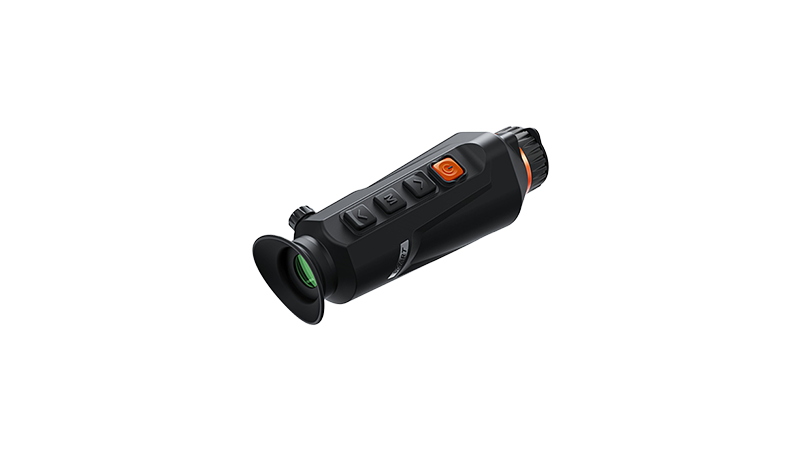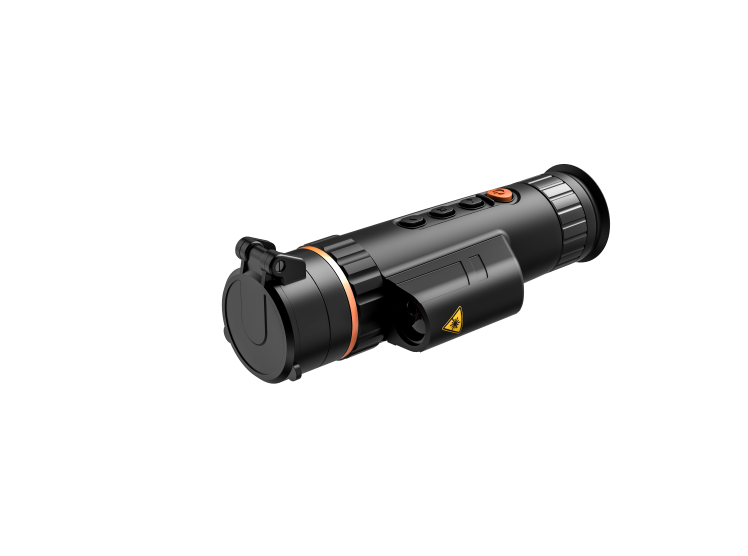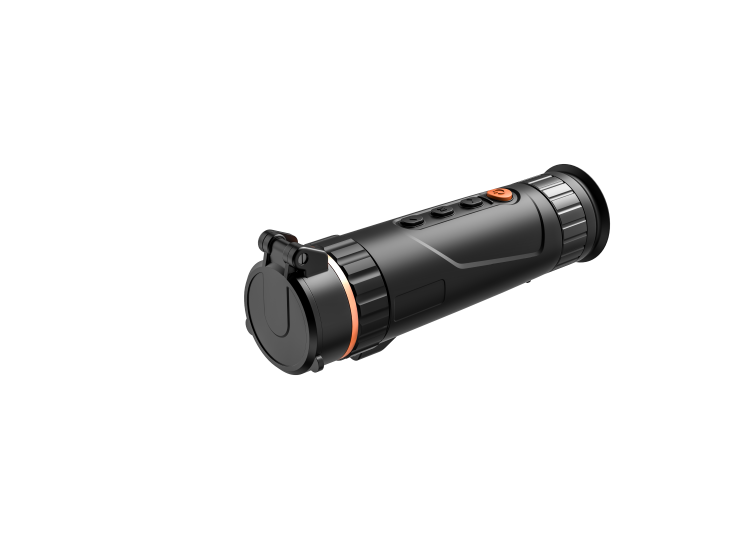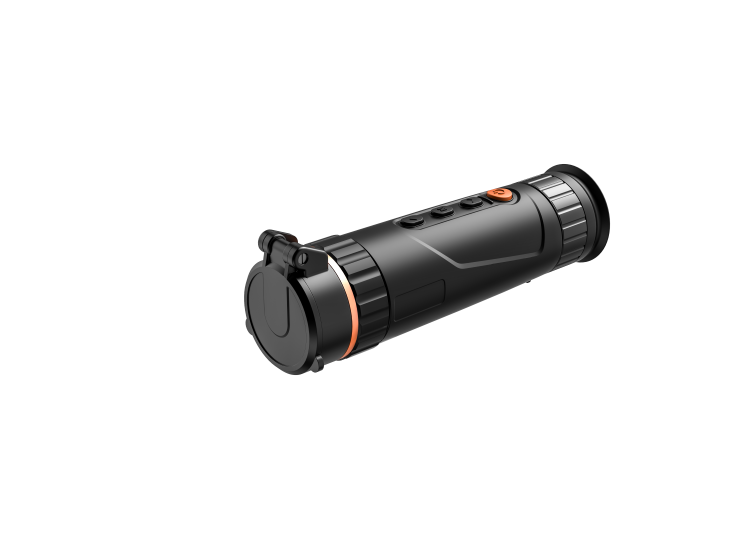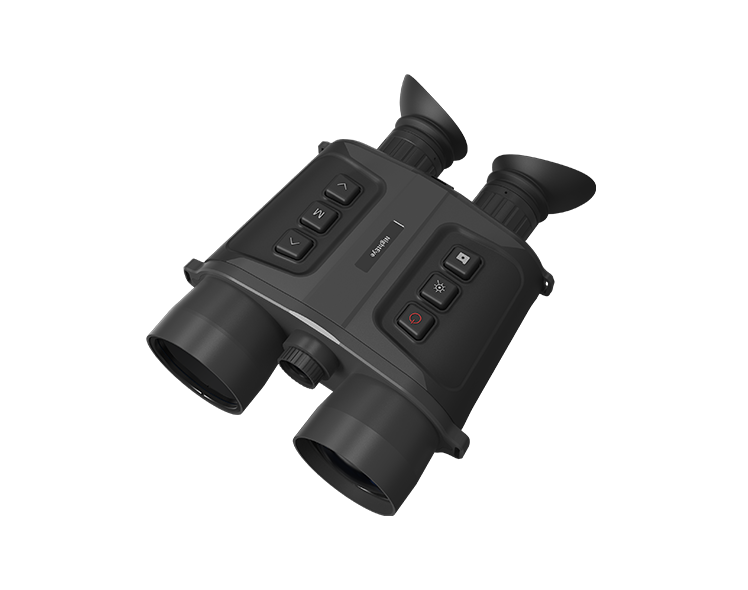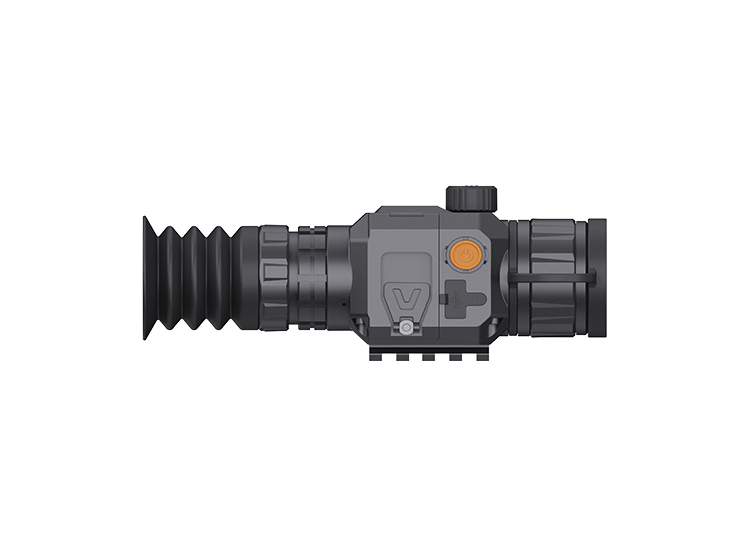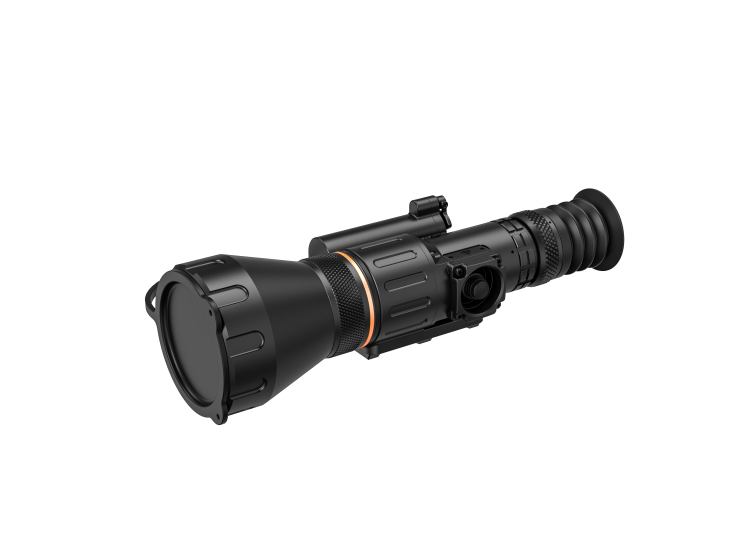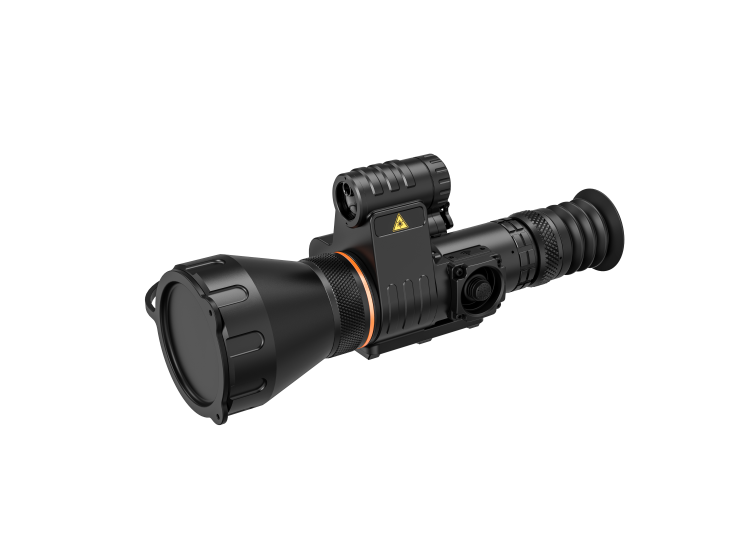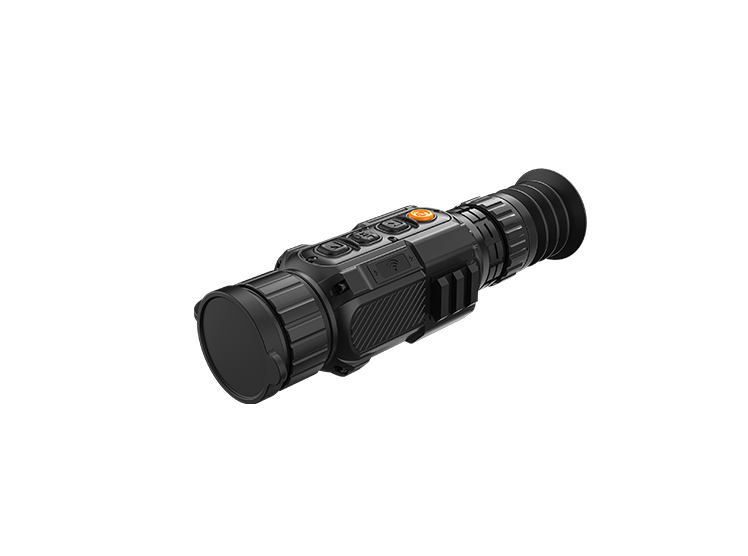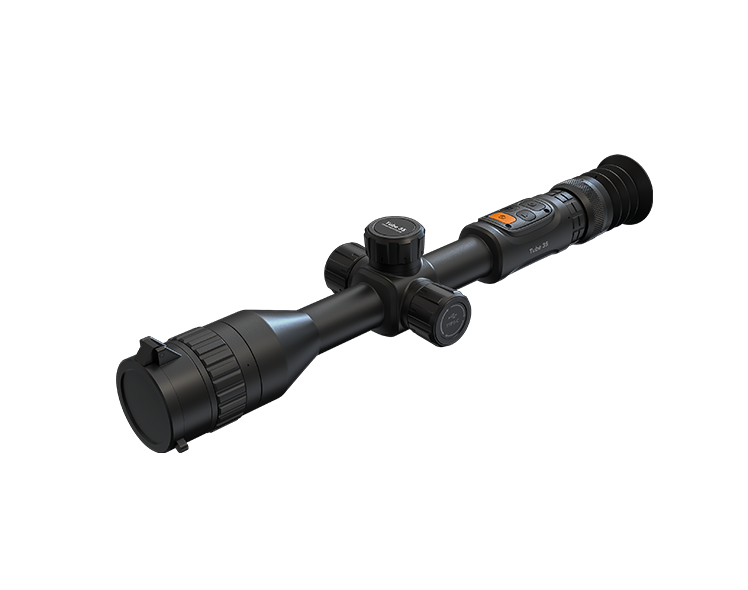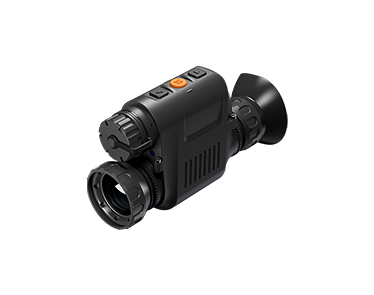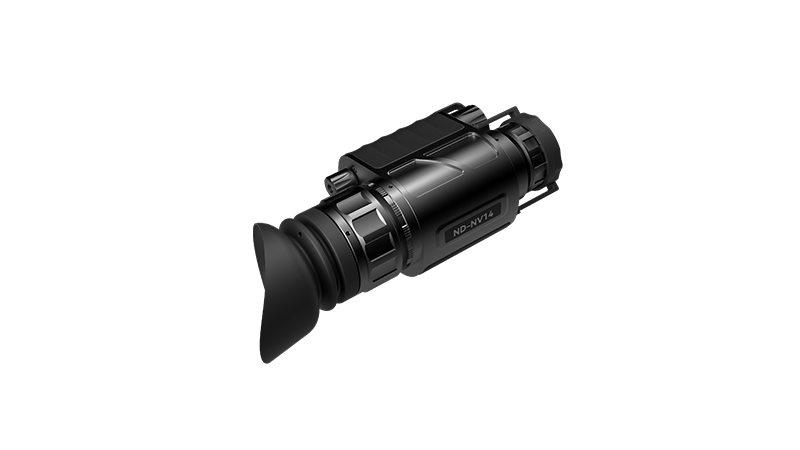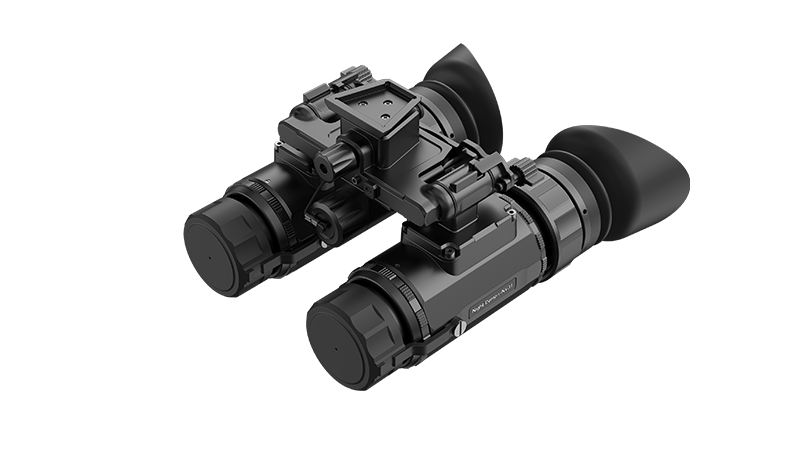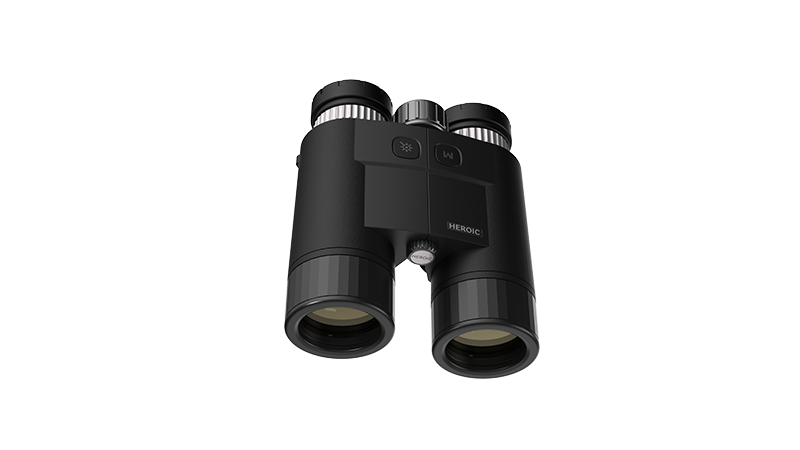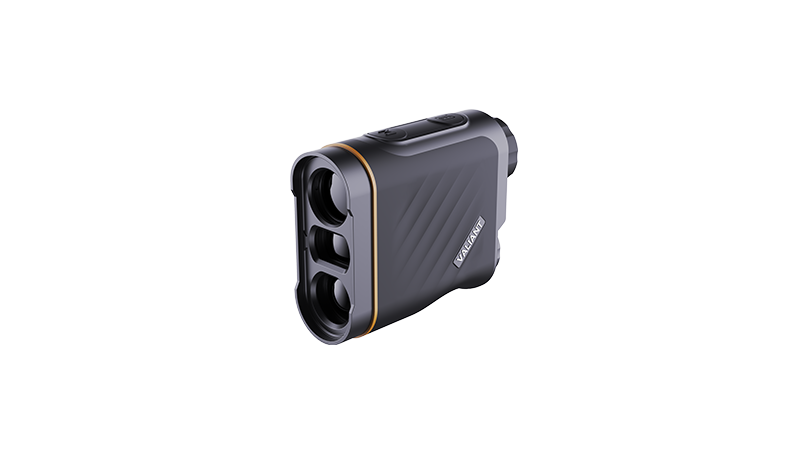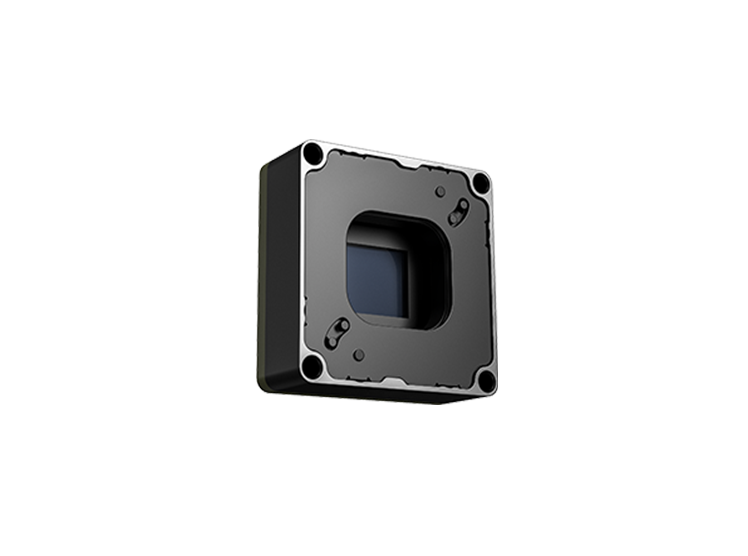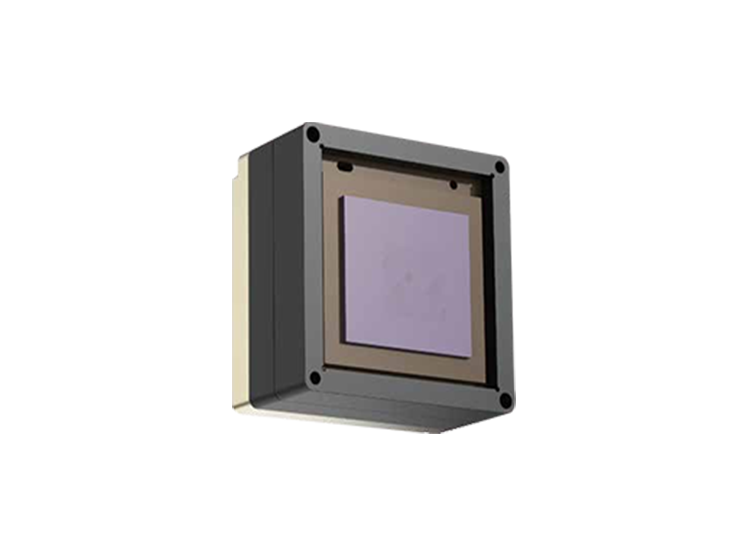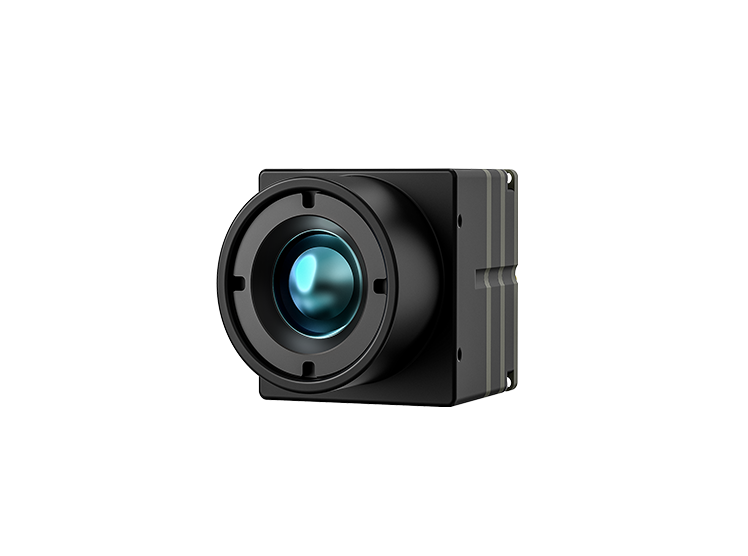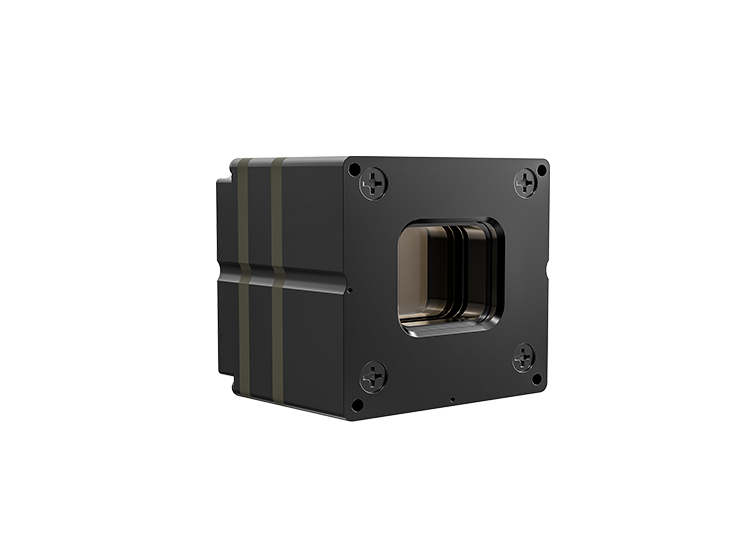Introduction to Thermal Imaging Monoculars: How They Work
2025/08/26Thermal imaging monoculars have rapidly evolved into essential tools across various fields, including wildlife observation, security, and search and rescue operations. By harnessing the principles of infrared radiation, these devices allow users to visualize heat signatures that are invisible to the naked eye, significantly expanding their observational capabilities.
The Science Behind Thermal Imaging
At the core of every thermal imaging monocular is the detection of infrared radiation, which is emitted by all objects based on their temperature. The thermal imaging monocular utilizes specialized sensors that can detect these heat emissions. When an object releases thermal energy, it is converted into electrical signals within the monocular. These sensors generally operate in two main spectral bands: short-wave infrared (SWIR) and long-wave infrared (LWIR).
Once the thermal radiation is captured, the thermal imaging monocular processes the information using sophisticated algorithms. This data manipulation creates a visual image that represents the temperature distribution across the scene. The resulting imagery showcases various temperatures in different colors, making it easy for users to differentiate between warmer and cooler objects. Thus, the thermal imaging monocular opens a window into otherwise unseen environments, revealing critical insights that are vital for decision-making.
Applications of Thermal Imaging Monoculars
The applications of thermal imaging monoculars are vast and varied. In wildlife observation, these devices allow researchers to monitor animal behavior without disturbing natural habitats. By detecting the warmth generated by animals, researchers can study nocturnal species and other elusive wildlife during nighttime excursions.
In the context of security and surveillance, thermal imaging monoculars are invaluable assets. They provide law enforcement and military personnel with the ability to operate effectively in low-light or completely dark environments. The thermal imagery enhances situational awareness, enabling quicker identification of potential threats or breaches.
Furthermore, thermal imaging monoculars are crucial in search and rescue missions, where locating individuals amid challenging conditions is paramount. The ability to spot a person's body heat against a cold environment can make the difference between life and death in critical situations.
Conclusion
Thermal imaging monoculars represent a remarkable advancement in optical technology, offering significant benefits across numerous fields. By understanding how thermal imaging monoculars work — from capturing infrared radiation to processing it into usable imagery — users can fully appreciate their value. Each application demonstrates a profound capability to enhance visibility in darkness and improve safety and efficiency in various operations.
At IRVOTEX, we specialize in advanced infrared thermal imaging solutions. Our SMART series thermal imaging monoculars feature a resolution of 384×288, ensuring accurate capture of thermal signals and conversion into detailed images. With our products, users gain access to reliable information that can aid in their pursuits, whether in research, security, or rescue operations.
 +86 (028) 8535 5966
+86 (028) 8535 5966 +86 17323184180
+86 17323184180 irvotex@votinfrared.com
irvotex@votinfrared.com

